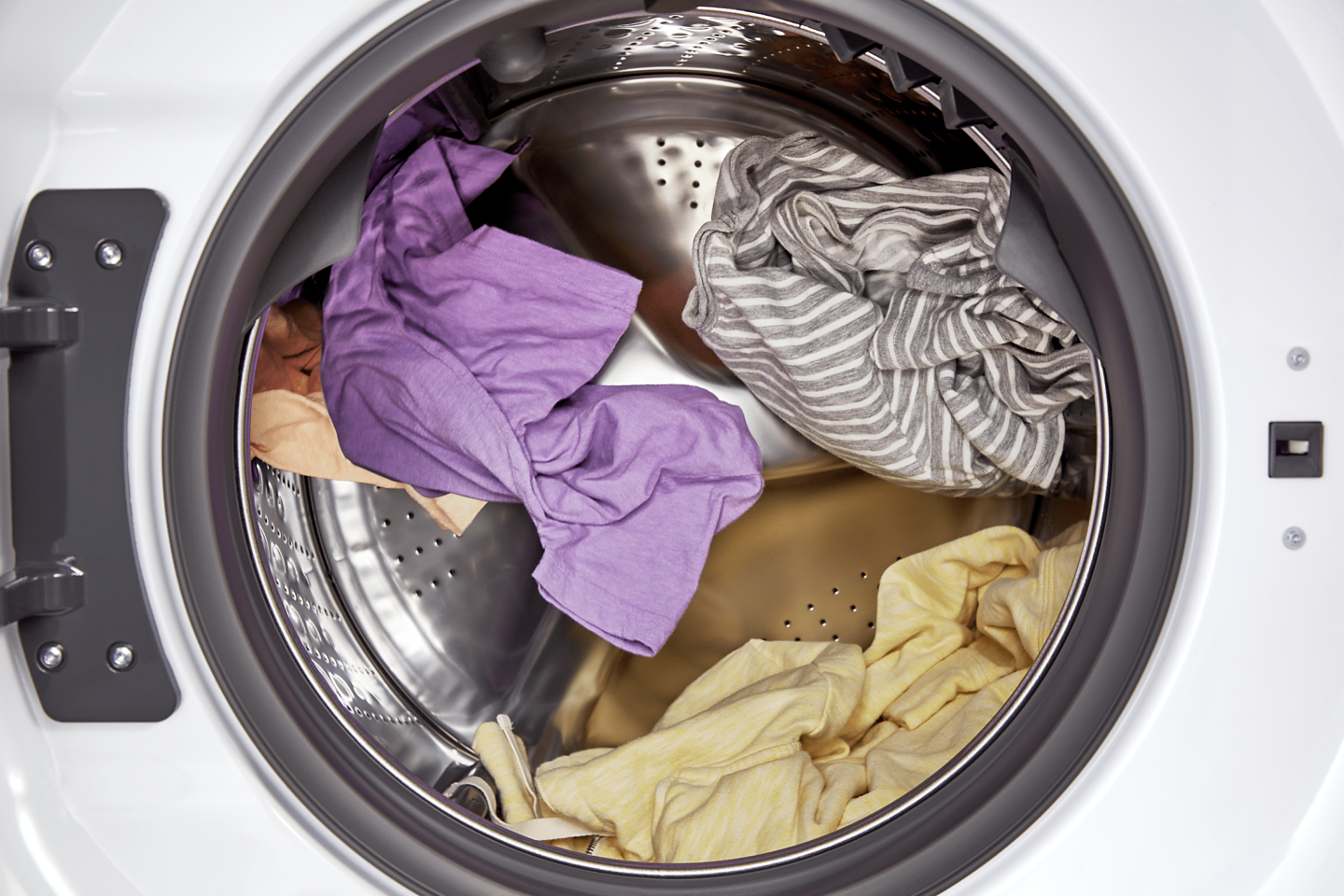

Articles
How Does A Clothes Dryer Work
Modified: October 20, 2024
Discover how clothes dryers work and learn the process of drying clothes efficiently. Read our informative articles for insightful tips and tricks.
(Many of the links in this article redirect to a specific reviewed product. Your purchase of these products through affiliate links helps to generate commission for Storables.com, at no extra cost. Learn more)
Introduction
A clothes dryer is a common household appliance that is used to quickly and efficiently dry wet laundry. It has become an essential part of modern life, saving time and effort in the laundry routine. But have you ever wondered how a clothes dryer actually works?
Behind its seemingly simple exterior, a clothes dryer is a complex machine that relies on several key components working together. Understanding the inner workings of a clothes dryer can help you troubleshoot any issues and optimize its performance. In this article, we will explore the different parts of a clothes dryer and how they contribute to its functionality.
So, let’s dive into the fascinating world of clothes dryers and discover the secrets behind this indispensable appliance.
Key Takeaways:
- The clothes dryer’s heat source, drum, airflow, moisture sensor, exhaust system, and controls work together to efficiently dry laundry. Understanding these components can help troubleshoot issues and optimize drying performance.
- Modern dryers offer advanced features like moisture sensors, specialty cycles, and digital controls for user convenience. Appreciating the intricate processes behind the scenes can lead to more effective fabric care and drying.
Read more: How Does A Ventless Dryer Work
Heat Source
The heat source is an integral part of a clothes dryer. It is responsible for generating the heat needed to evaporate the moisture from the wet laundry. The two most common types of heat sources in clothes dryers are electric heating elements and gas burners.
Electric dryers have coils made of nichrome wire that heat up when an electric current passes through them. These coils are strategically placed near the drum of the dryer to ensure efficient heat transfer. As the heated air circulates through the drum, it absorbs the moisture from the laundry, and the resulting warm and moist air is expelled from the dryer.
Gas dryers, on the other hand, use natural gas or propane to generate heat. They have a gas burner that ignites and produces a flame when the dryer is in operation. As the air passes through the burner, it gets heated and then flows into the drum. This heat source provides faster drying times compared to electric dryers.
The choice between an electric or gas dryer depends on factors such as availability of gas supply, cost of electricity, and personal preference. Both types of dryers are effective in drying clothes, but they differ in terms of energy efficiency and operating costs.
It’s worth noting that while heat is essential for drying clothes, excessive heat can cause damage. Modern dryers are equipped with temperature sensors and thermostats to regulate the heat and prevent overheating. These safety features are crucial to protect fabrics from being scorched or melted.
Now that we understand the significance of the heat source in a clothes dryer, let’s move on to the next component: the drum.
Drum
The drum is the heart of a clothes dryer. It is a cylindrical chamber where the wet laundry is placed for drying. The drum rotates, allowing the clothes to tumble freely, facilitating even drying and preventing clothes from getting tangled.
The drum is typically made of stainless steel, which is durable and resistant to rusting. The smooth surface of the drum helps minimize friction and prevent damage to delicate fabrics. Some higher-end dryers have additional features like a porcelain-coated drum, which further protects the clothes and decreases the likelihood of wrinkles.
Inside the drum, you will find fins or paddles. These protrusions help lift and separate the clothes as the drum rotates, maximizing airflow and promoting efficient drying. The strategic placement of the fins allows the hot air to evenly circulate through the laundry, ensuring consistent and thorough drying results.
The drum is driven by a motor and belt system, which enables it to rotate at various speeds. The rotation speed can be adjusted depending on the selected drying cycle. Higher speeds are generally used for heavy fabrics or large loads, while lower speeds are suitable for delicate garments.
Modern dryers often come with advanced features to enhance the performance of the drum. For example, reverse tumbling is a feature that changes the direction of the drum rotation periodically. This helps prevent clothes from tangling and reduces the formation of wrinkles. It also facilitates better airflow, resulting in quicker and more efficient drying.
Now that we understand the importance of the drum in a clothes dryer, let’s explore the next component: airflow.
Airflow
Airflow plays a crucial role in the drying process of a clothes dryer. It is responsible for carrying the moisture-laden air away from the drum and replacing it with fresh, dry air to continue the drying cycle.
The airflow in a clothes dryer is facilitated by a blower or fan system. The blower draws in ambient air from the surroundings and directs it towards the heating element or gas burner, where it gets heated. The hot air is then forced into the drum through vents or holes.
As the heated air enters the drum, it absorbs the moisture from the wet laundry, turning it into moist air. The moist air is then expelled from the dryer through an exhaust vent. This continuous flow of airflow ensures that the clothes dry efficiently and effectively.
The proper air circulation is essential for optimal drying performance. Insufficient airflow can result in longer drying times and damp clothing, while excessive airflow may result in inadequate drying or excessive wear and tear on the clothes.
To maximize airflow, it is important to ensure that the dryer vents and exhaust systems are clean and clear of any obstructions. Lint buildup, for example, can restrict airflow and lead to reduced drying efficiency. Regular maintenance and cleaning of the dryer vents are important to prevent lint accumulation and ensure efficient airflow.
In addition to the blower system, some dryers also have additional features to enhance airflow. For instance, a moisture sensor can detect the moisture level in the drum and adjust the drying time accordingly. This helps prevent over-drying and saves energy.
Now that we understand the significance of airflow in a clothes dryer, let’s move on to the next important component: the moisture sensor.
Clean the lint trap after every use to maintain proper airflow and prevent the risk of fire. Regularly check and clean the dryer vent to ensure efficient operation.
Moisture Sensor
Moisture sensors are a valuable feature in modern clothes dryers. They are designed to detect the moisture levels in the laundry and adjust the drying time accordingly. This helps prevent over-drying, conserve energy, and protect the integrity of the fabrics.
A moisture sensor typically works by measuring the electrical conductivity or capacitance of the clothes. When wet clothes come into contact with the sensor, they conduct electricity differently than dry clothes. The sensor detects this variation and signals the dryer to adjust the drying time or temperature.
By using a moisture sensor, clothes dryers can ensure that the clothes are dried to the desired level without wasting energy on excessive drying. This not only saves time and money but also helps prolong the lifespan of the fabrics by preventing overexposure to heat.
Some dryers have advanced moisture sensor systems that offer additional functionalities. For example, they may have multiple sensors strategically placed in different areas of the drum to ensure accurate readings. This helps in drying clothes more evenly, especially in large loads or bulky items.
Moisture sensors are a valuable addition to clothes dryers, as they provide convenience, energy efficiency, and protect the quality of the fabrics. They have become an essential feature in many modern dryers, contributing to their effectiveness in the drying process.
Now that we understand the importance of moisture sensors, let’s move on to the next component: the exhaust system.
Read more: How Does Steam Dryer Work
Exhaust System
The exhaust system is a crucial component of a clothes dryer. It is responsible for venting out the hot, moist air generated during the drying process. The proper functioning of the exhaust system is essential for efficient drying and preventing issues such as mold growth or dryer fires.
The exhaust system consists of a vent duct, an exhaust fan, and an external vent. Once the moist air is expelled from the drum, it travels through the vent duct and is directed outside the home through the external vent. This helps remove the humidity from the laundry area and prevents it from causing damage or discomfort.
The vent duct is usually made of flexible aluminum or rigid metal and should be properly installed to ensure a smooth airflow. It should be free from any kinks or obstructions that can impede the air movement. Regular inspection and cleaning of the vent duct are important to prevent lint buildup, which can restrict airflow and pose a fire hazard.
The exhaust fan, also known as a blower, plays a critical role in pushing the moist air out of the dryer. It is typically located near the vent duct and helps maintain a steady flow of air. The fan should be kept clean and free from debris to ensure optimal performance.
The external vent is the point where the moist air is discharged outside the home. It is important to ensure that the vent is clear of any obstructions, such as leaves or debris, which can impede airflow. Additionally, installing a vent cover can help prevent pests from entering the duct and improve energy efficiency by preventing drafts.
The proper installation and maintenance of the exhaust system are essential for optimal drying performance and safety. Inefficient exhaust systems can result in longer drying times, increased energy consumption, and potential hazards. Regular cleaning and inspection of the vent duct and external vent are recommended to prevent any issues.
Now that we understand the significance of the exhaust system, let’s move on to the next component: the controls.
Controls
The controls on a clothes dryer are the interface through which users can select and customize their drying cycles. These controls allow users to set the drying time, temperature, and other options to suit their specific needs.
Most modern dryers have electronic or digital controls, which offer greater precision and convenience compared to traditional mechanical controls. With electronic controls, users can easily adjust the settings with the touch of a button or a turn of a dial.
The main control options found on a clothes dryer include:
- Drying Time: This option allows users to select the desired duration for the drying cycle. It is often represented in minutes or specific settings such as “delicate,” “regular,” or “heavy-duty.” The drying time can be adjusted based on the size of the load and the desired level of dryness.
- Temperature: Dryers typically offer a range of temperature settings to accommodate different fabric types and drying requirements. Common temperature settings include low, medium, and high heat. Delicate fabrics may require a lower temperature setting, while heavier or more durable fabrics may need higher heat for faster drying.
- Specialty Cycles: Many dryers come with preset specialty cycles for specific fabric types or situations. These may include options such as “wrinkle-free,” “quick dry,” or “sanitize.” These specialty cycles are designed to optimize drying results for specific needs, such as reducing wrinkles, drying delicate items quickly, or eliminating bacteria and allergens.
- Delay Start: Some dryers feature a delay start option, allowing users to set a specific time for the drying cycle to begin. This can be useful when trying to take advantage of off-peak energy hours or when wanting to ensure that the drying cycle finishes at a specific time.
- Status Indicators: Many dryers have LED or digital displays that show the current status of the drying cycle. They may indicate the remaining time, selected options, and any error messages or alerts for troubleshooting purposes.
Having easy-to-use and intuitive controls on a clothes dryer ensures that users can customize the drying process according to their preferences and the specific needs of their laundry. Whether it’s selecting a specific cycle, adjusting the temperature, or setting a delay start, these controls provide flexibility and convenience.
Now that we understand the significance of dryer controls, let’s conclude our exploration of how a clothes dryer works.
Conclusion
Understanding how a clothes dryer works can help us appreciate the intricate mechanisms and components that contribute to its efficient drying performance. From the heat source to the drum, airflow, moisture sensor, exhaust system, and controls, each element plays a vital role in ensuring clothes are dried effectively and efficiently.
The heat source, whether electric or gas, generates the necessary heat to evaporate the moisture from the wet laundry. The drum, with its rotating motion and fins, ensures that the clothes tumble freely, promoting even drying and preventing tangling. Airflow, facilitated by the blower system, carries away the moist air and replaces it with fresh, dry air, speeding up the drying process.
The moisture sensor comes into play, detecting the moisture levels in the laundry and adjusting the drying time accordingly. This prevents over-drying, conserves energy, and protects the integrity of the fabrics. The exhaust system, consisting of the vent duct, exhaust fan, and external vent, removes the moist air from the dryer and directs it outside, preventing issues like mold growth and dryer fires.
Finally, the controls allow users to customize their drying cycles by adjusting the drying time, temperature, and other options according to their needs. This provides flexibility and convenience, ensuring optimal drying results for various fabric types and load sizes.
With the advancements in technology, clothes dryers have become more efficient, energy-saving, and user-friendly. Modern dryers often feature additional innovations such as reverse tumbling, steam functions, and smart connectivity, further enhancing their performance and convenience.
Having a deep understanding of how a clothes dryer works enables users to troubleshoot common issues, optimize drying times, and care for their fabrics effectively. Furthermore, it allows manufacturers to innovate and develop new features and technologies to meet the evolving needs of consumers.
So, the next time you throw a load of wet laundry into the dryer, take a moment to appreciate the intricate processes that take place behind the scenes to bring you fresh, dry clothes in no time.
Frequently Asked Questions about How Does A Clothes Dryer Work
Was this page helpful?
At Storables.com, we guarantee accurate and reliable information. Our content, validated by Expert Board Contributors, is crafted following stringent Editorial Policies. We're committed to providing you with well-researched, expert-backed insights for all your informational needs.

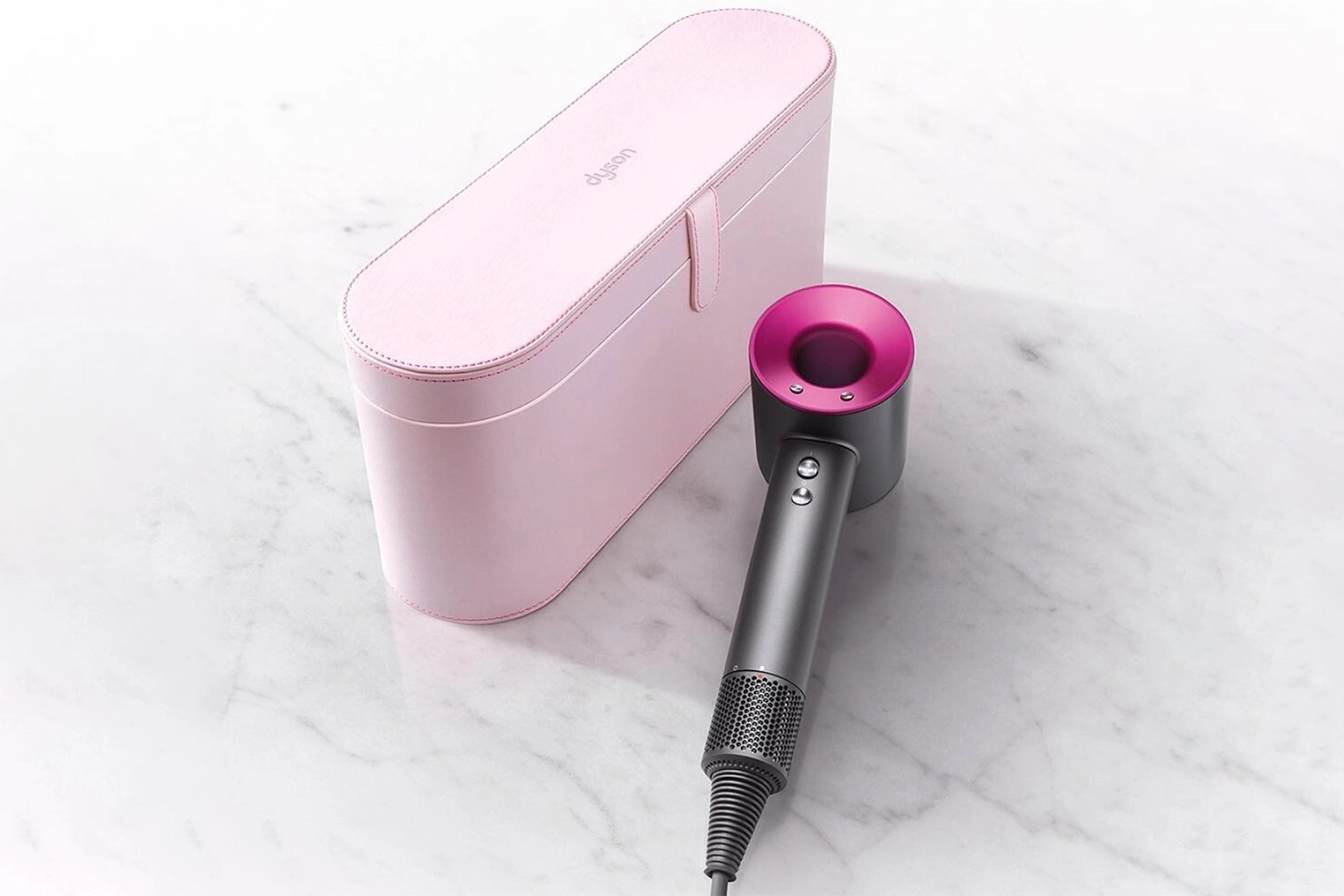
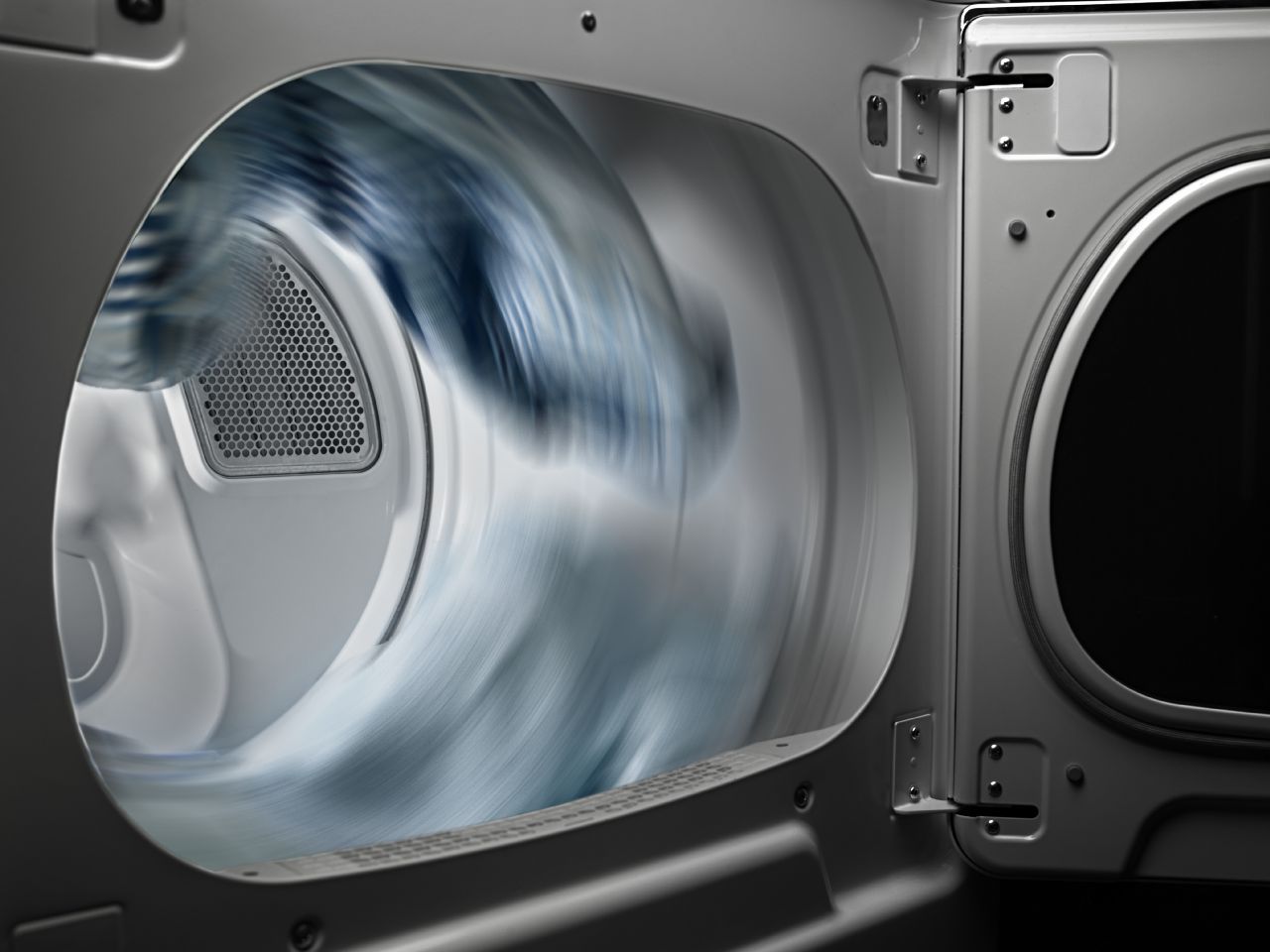
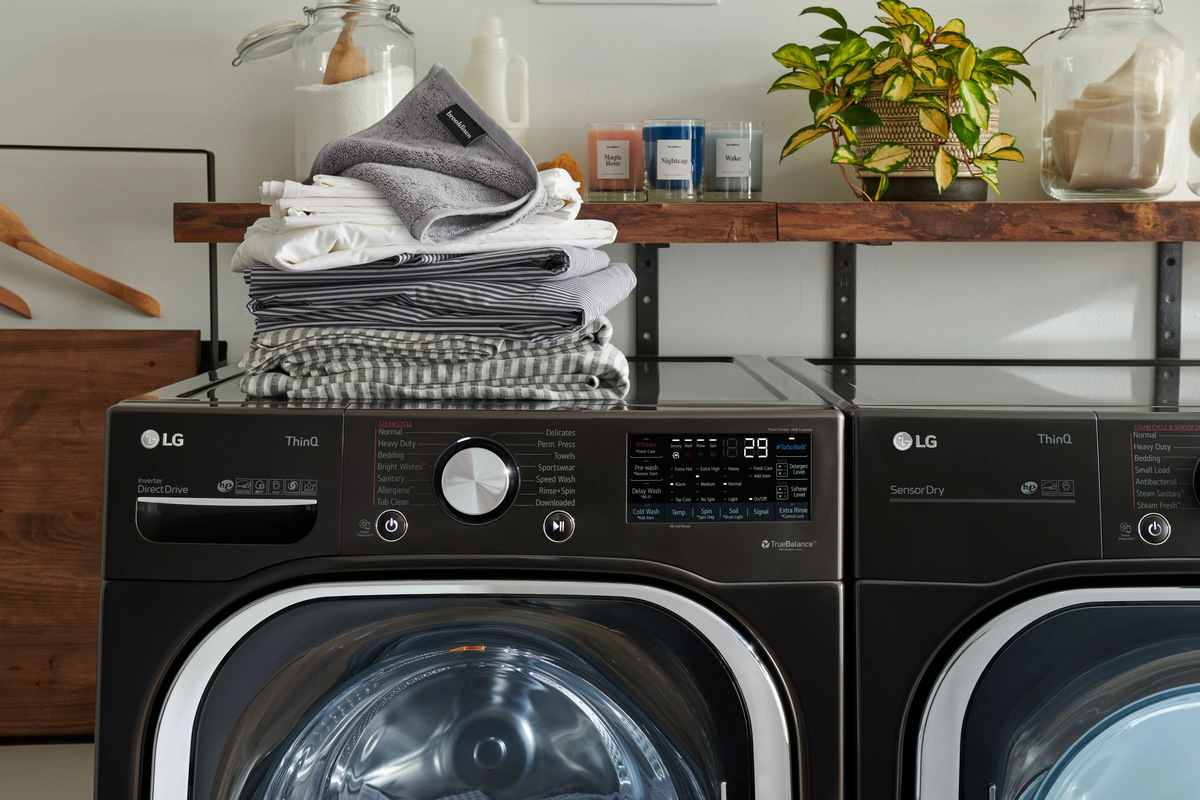
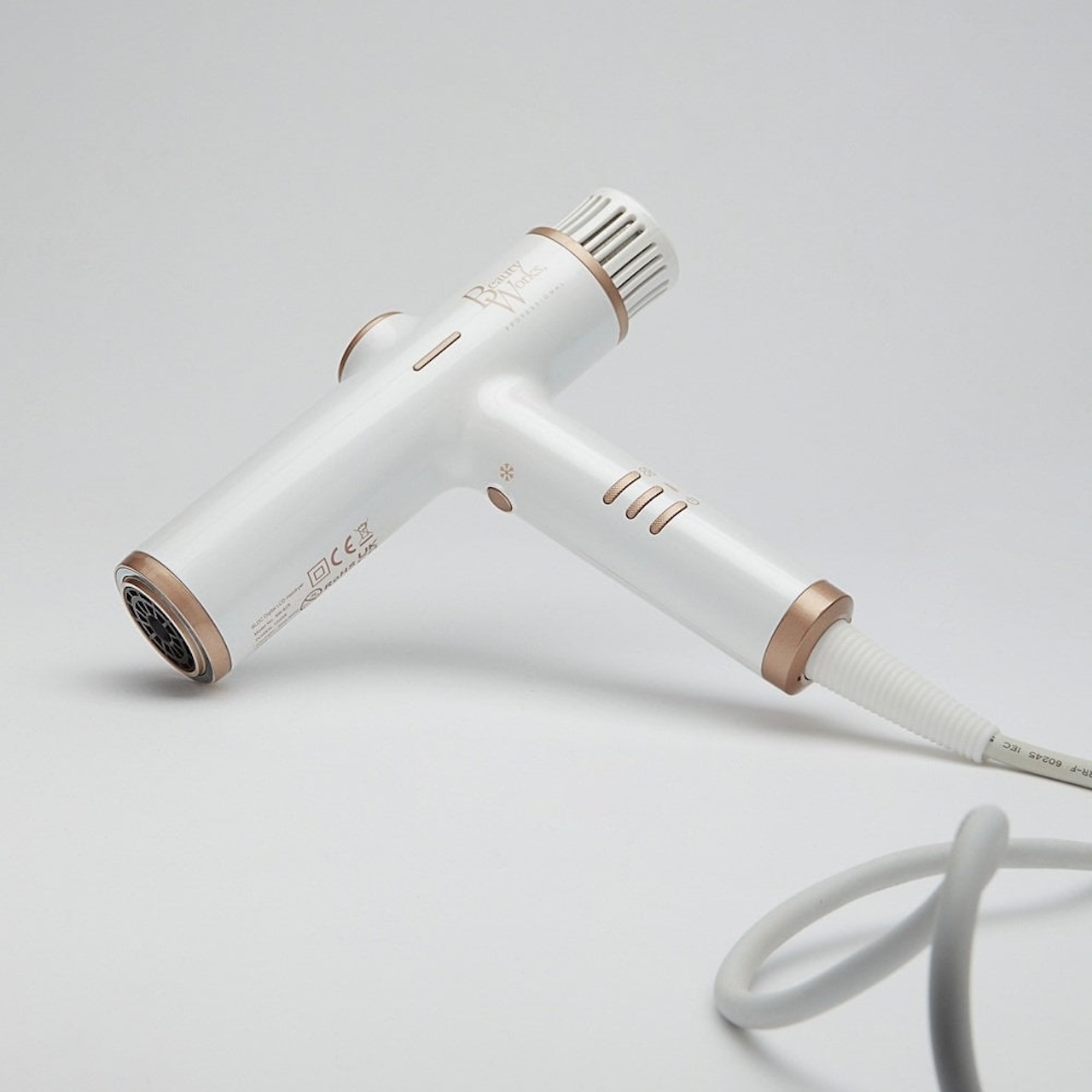


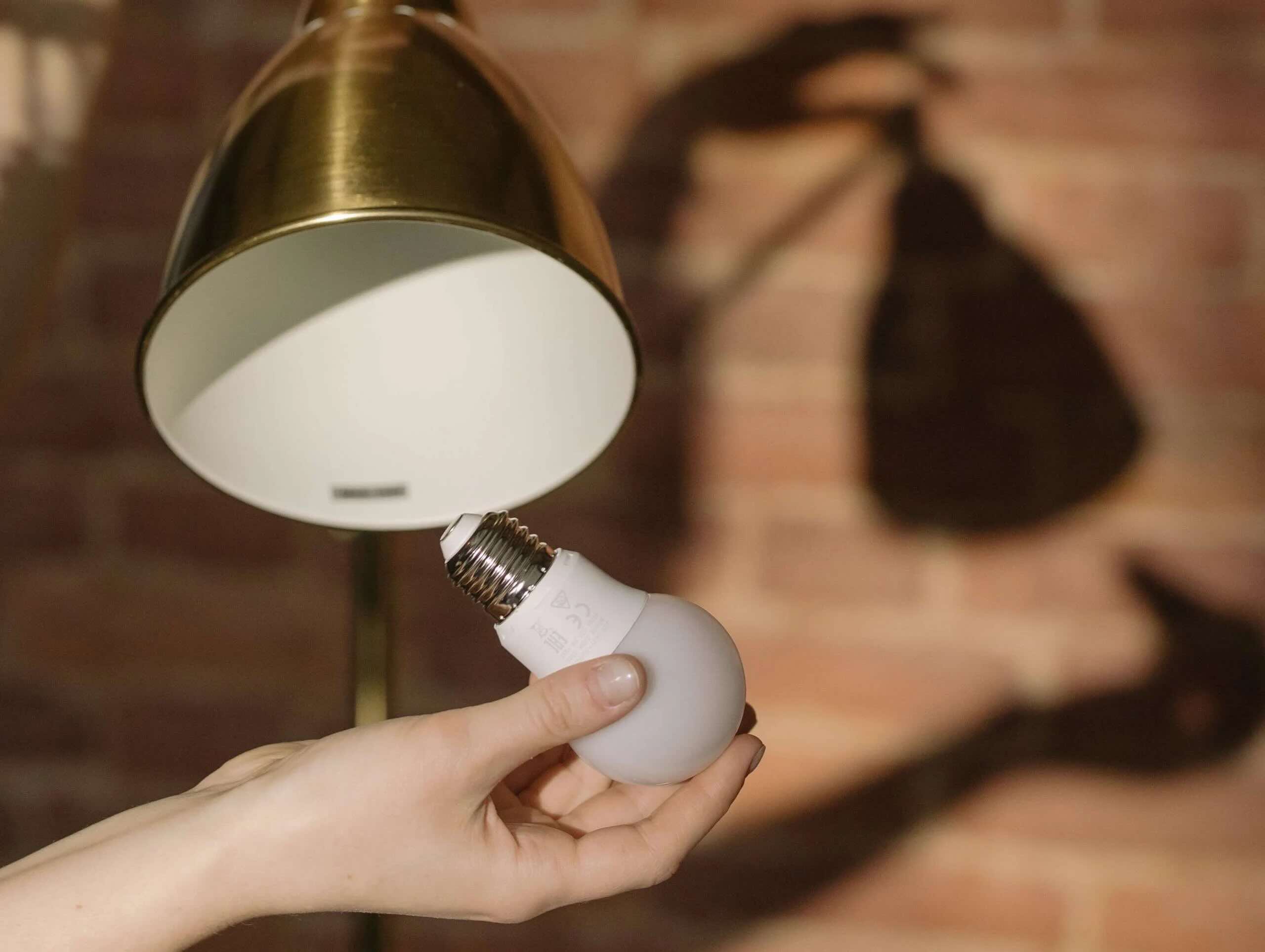
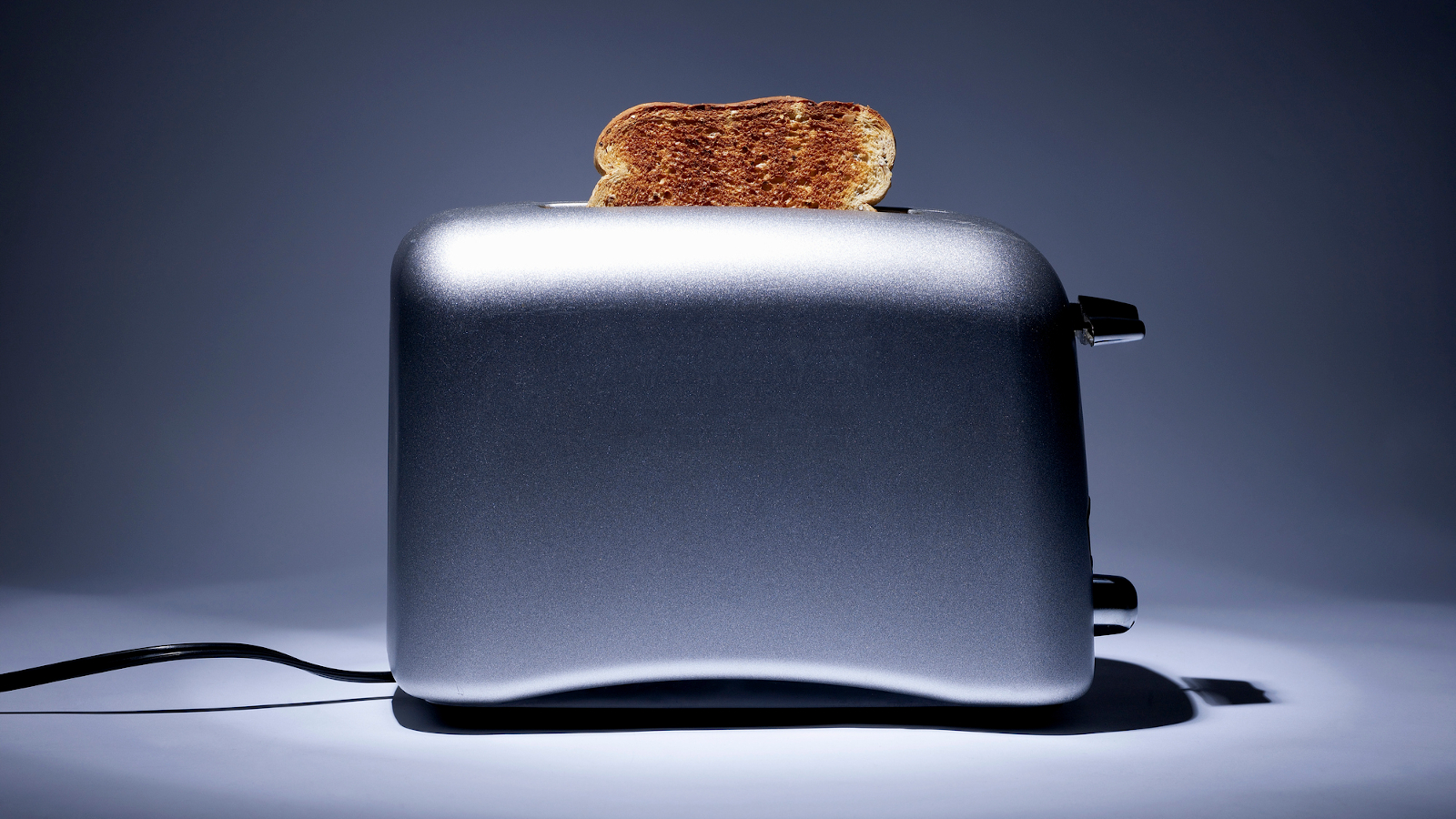
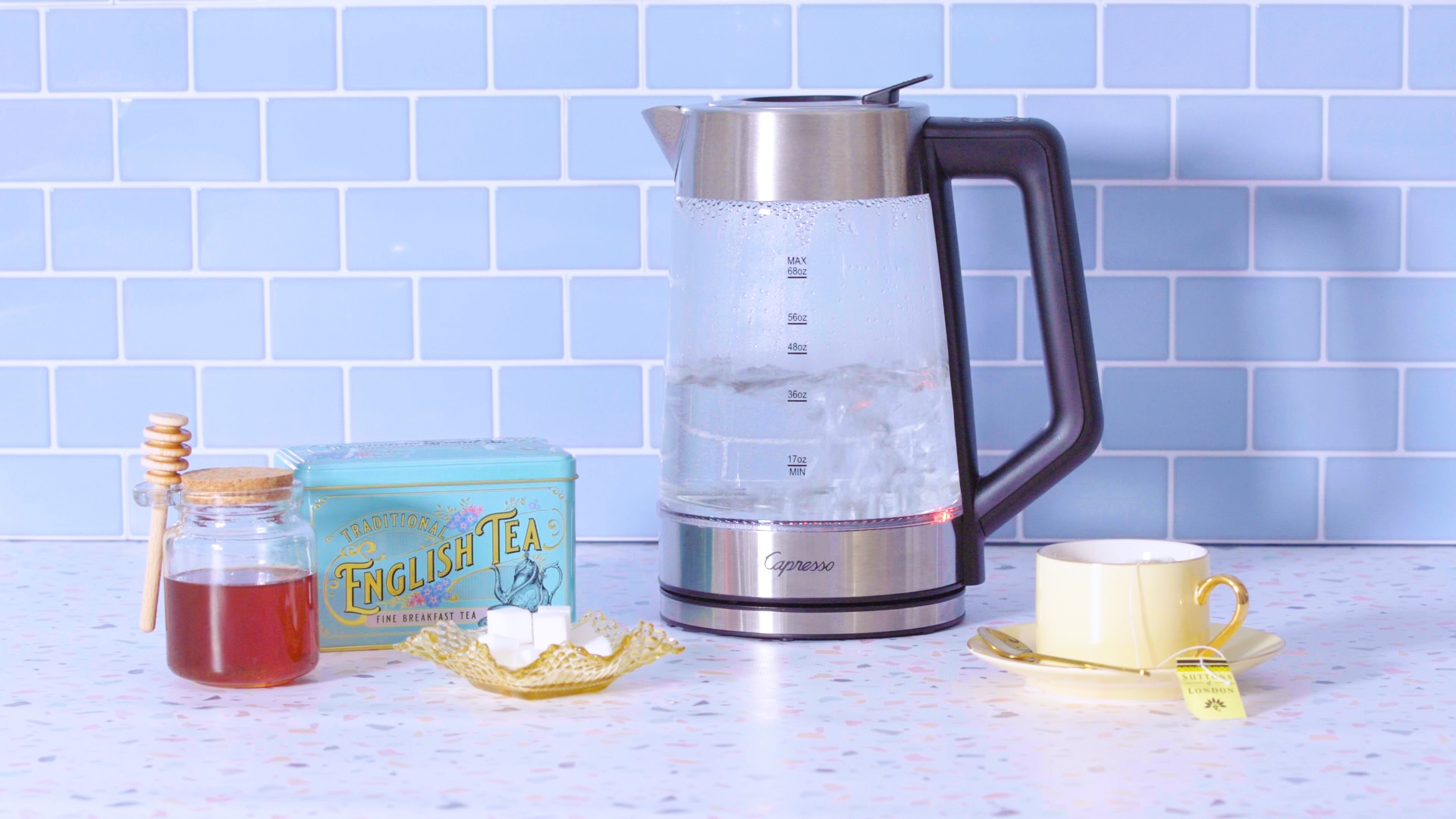


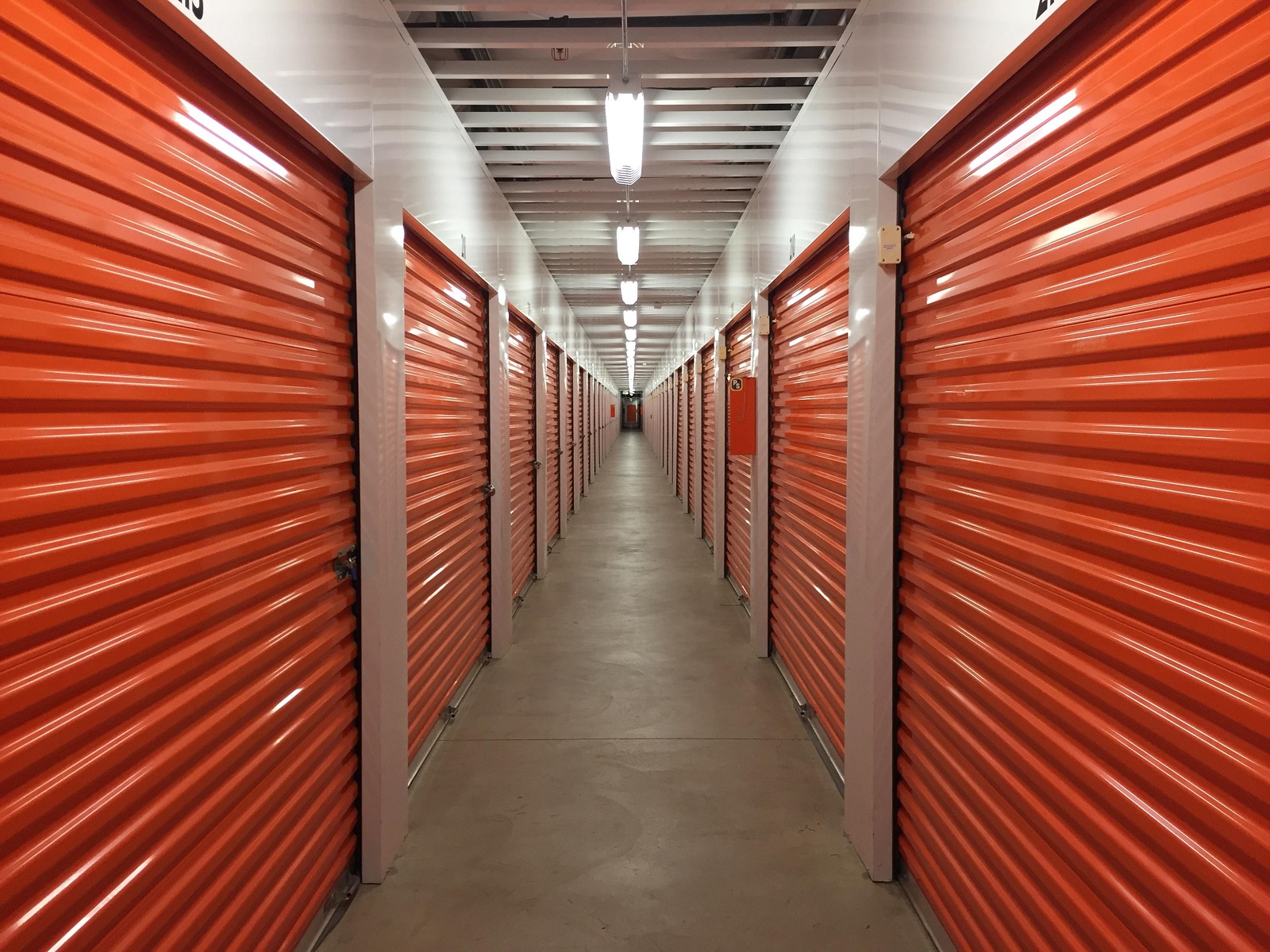
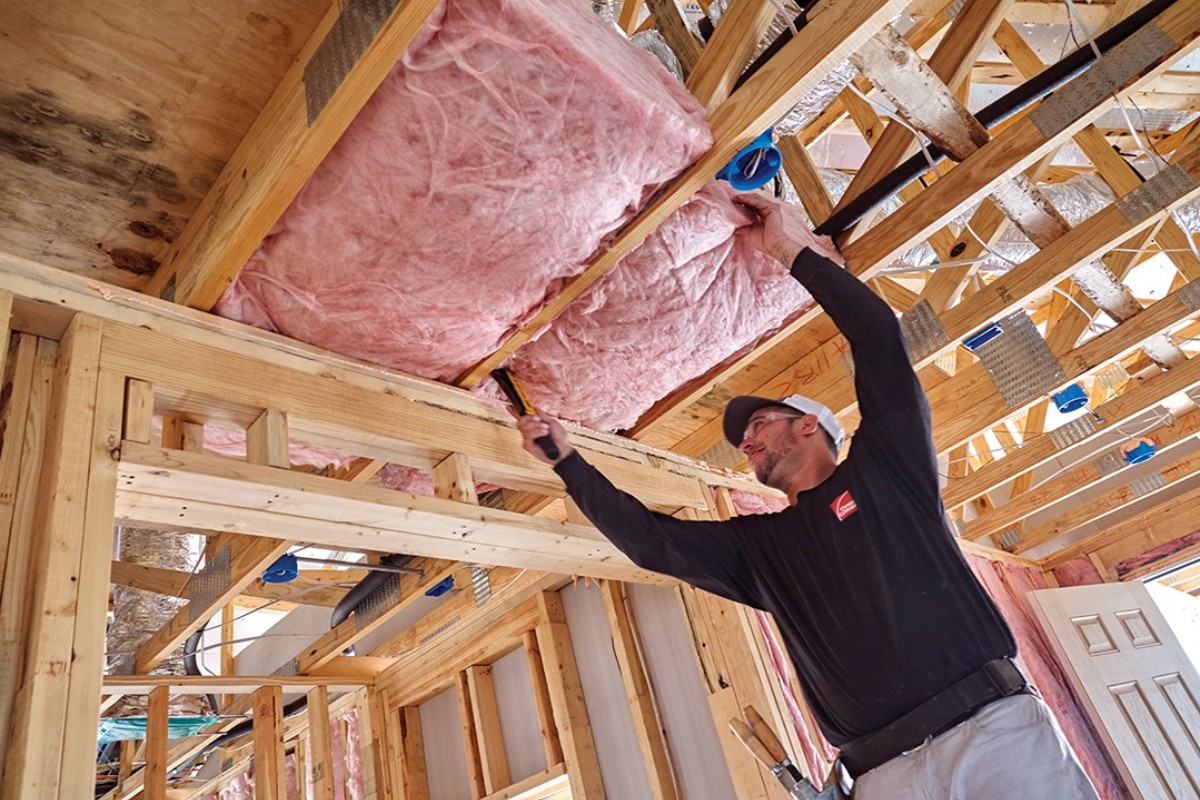

0 thoughts on “How Does A Clothes Dryer Work”